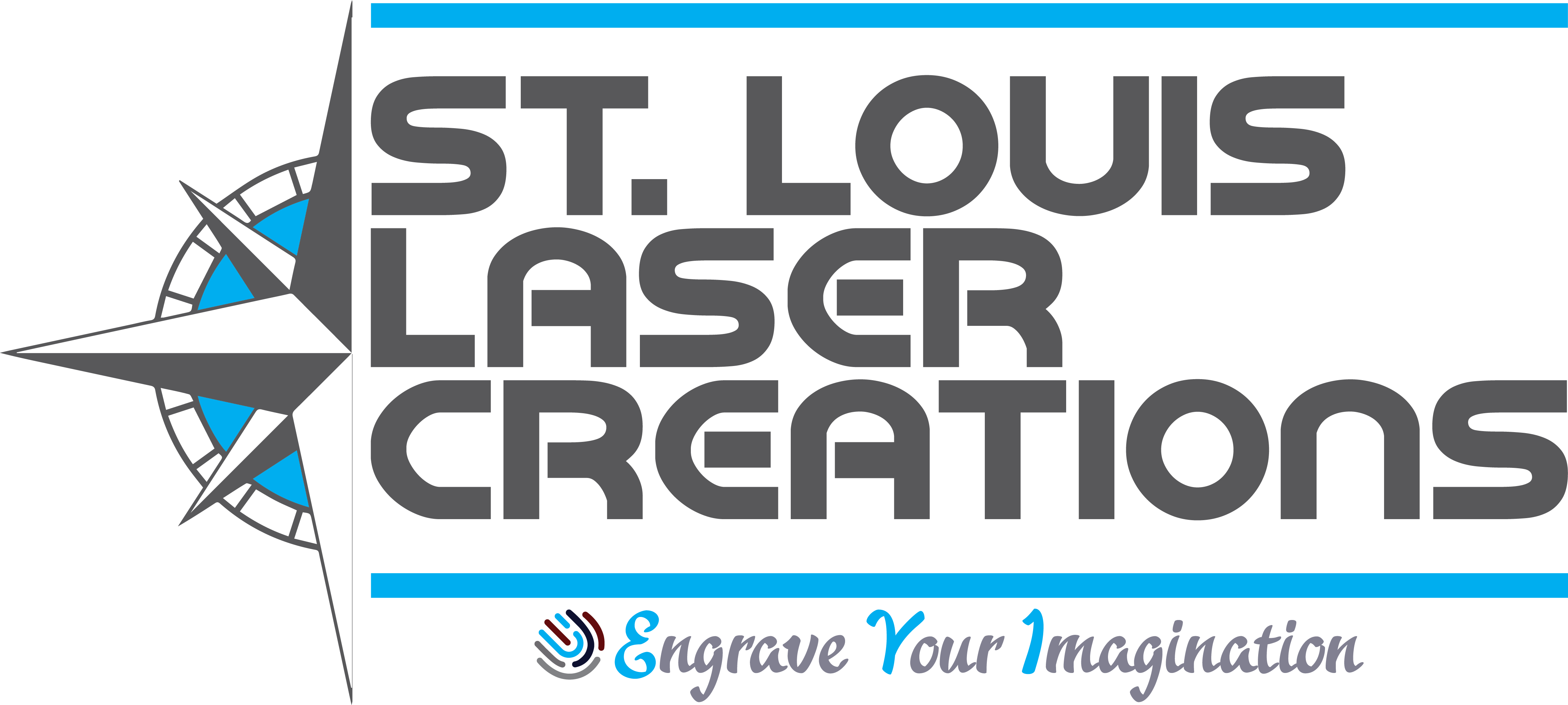Glass Material

Properly engraved glass can range in appearance from “frosty” to “sparkly”. When glass reacts with the laser, the visual output you see is tiny micro-fractures of the glass itself. This means you only want to design with non-vector in mind.
Laser engraving can be used to create a wide range of effects on glass, including shallow etching, deep carving, and surface marking.
Shallow etching is a process that creates a subtle, frosted effect on the surface of the glass. It is achieved by using a low-power laser to remove a thin layer of material from the surface of the glass, creating a frosted or satin finish. Shallow etching is often used to add logos, monograms, or other simple designs to glass products.
Deep carving is a process that creates more dramatic, three-dimensional effects on the surface of the glass. It is achieved by using a higher-power laser to remove a deeper layer of material from the glass, creating a carved or sculpted effect. Deep carving is often used to create intricate, detailed designs or to add depth and texture to the surface of the glass.
Surface marking is a process that creates a permanent, high-contrast mark on the surface of the glass. It is achieved by using a high-power laser to vaporize the material, creating a dark, permanent mark on the surface of the glass. Surface marking is often used to add text or other simple designs to glass products.
Overall, the end result when you laser engrave glass will depend on the specific settings and techniques used, as well as the properties of the glass itself. It can be used to create a wide range of effects, from shallow etching to deep carving to surface marking, and it is a versatile and efficient method for adding custom designs or personalization to glass products.
